Top 10 baffling syndromes that only medical field knew
Top 10 baffling syndromes that only medical field knew
Updated on August 17, 2022 10:04 AM by Dhinesh
The brain is a complex organ that fascinates today’s researchers and experts as it is the command sector for the entire human body. This command sector is responsible for all bodily functions. It is not only a complex, but the most sensitive and fragile organ as a small change in chemical composition or any injury or injury might seriously affect the entire body.

Many cases are still under discovery, and with progress in technology, there occurs progress in all illnesses and disorders. The saddest part of the diseases is that.
Though a large part of the diseases can be avoided by proper food and preventive measures, certain diseases and syndromes are not curable. For certain disorders, there are no possible treatments, proper diagnosis, and no highly skilled healthcare providers.
And here, we have discussed the top 10 rarest diseases, with their perspectives on symptoms, treatment, and other related explanations on the baffling disorders.
Stoneman Syndrome

This Stoneman Syndrome has a medical term called Fibrodysplasia ossificans progressive (FOP), which turns the entire body right from tissue, muscles, and ligaments into bones. This syndrome progress doesn’t start randomly, but it starts from the neck, travels down to the shoulders, then to the hip, thighs, and legs, and finally reaches the knee. People suffering from this syndrome will start to have mobility issues in the body as the joints lose their function. This Stoneman Syndrome can affect one in two million people.
Patients can’t eat, drink and speak as the jaw will lose its function, restricting them from opening their mouths. Later the entire body turns rigid, and another skeleton grows over the existing one, which is called heterotopic ossification (HO); this becomes permanent, and no surgery can recover the patient from this disorder . Even if surgery is tried to remove the excessive bones, it still will trigger further bone growth and lead to permanent mobility growth.
Usually, experts diagnose this Stoneman syndrome as either fibrosis or cancer. And currently, this syndrome has no permanent cure and no treatment to aid the patient with such a syndrome.
Also Read: Do you know about these most common disease
Add Block
Alice In Wonderland Syndrome

The fantasy book Alice In Wonderland came to reality in a 2010 movie, where a girl named Alice falls down a rabbit hole and changes in body shape and size. We tend to think that as an illusion play on the book by Charles Lutwidge Dodgson, better known by his pen name Lewis Carroll, but that’s not the case.
In 1955, an English psychiatrist Dr. John Todd came up with the first case of Alice In Wonderland Syndrome. This syndrome has symptoms of altered body images. The patient will find their body parts are a bit distorted in size and shape, and the most frequent body parts as per experts are the head and hands, and the growth associated with it is usually the problem with shrinkage being their first main symptom.
The second symptom is a distortion of visual perception. Though their eyes are normal, they see objects of different sizes and shapes than usual of what the objects are. For example, a normal height building would seem like a small one or a bigger one, or sometimes the distance seems incorrect that looks far from their visual position or might appear close, which varies from one patient to another.
Other symptoms of Alice In Wonderland syndrome include time moving either too fast or too slow, sensation to touches tend to be different for them as a hard surface feels like a sponge but never hard as they seem to be incorrect from the nature of the object and difference in sound perception too. The sad news about this syndrome is that there is no treatment or possible cure.
Also Read: Disorder That Affects The Cells Formed In Bone Marrow Will Affect The Function Of Blood Cells
Hutchinson-Gilford Progeria Syndrome (HGPS)
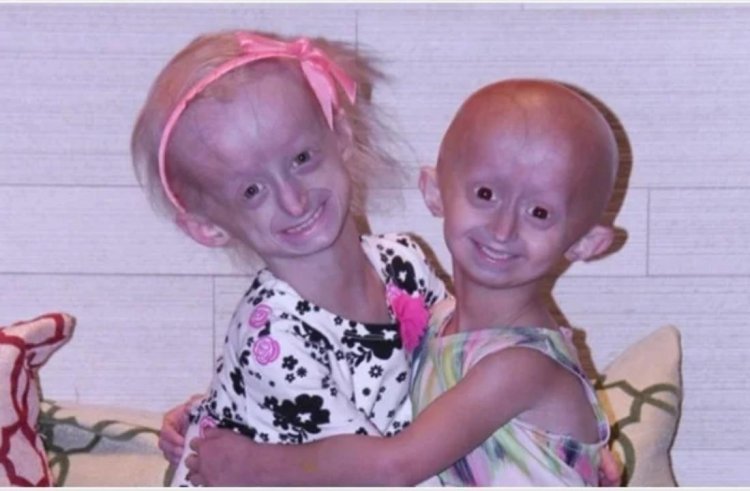
People on this Earth always want to look youthful with all their strength, as aging diminishes everything. But there are people on this same Earth who do not know what it is to be so young and beautiful, and that is due to a syndrome called Hutchinson-Gilford Progeria Syndrome.
This is a rare kind of genetic disorder that prevails one in four million where the sufferers at a very early stage start to age. And this genetic disorder happens at the time of birth, and those babies born with this syndrome live until their early twenties.
Their bodies undergo a rapid aging process right from their childhood, altering their entire facial appearance from having huge eyes, a thin nose, small lips and chins, andprotruding ears.
A small knock or minor accident will lead to broken bones. No fat deposit under the skin, loss of sight, internal organ failures, especially Kidney, with brittle bones. They also suffer from hair loss called Alopecia, wrinkles on the skin, and abnormal joints.
These sufferers have no cure that they need to carry and live with what they have, and it is a pain to see such kids grow old at a tender age.
Also Read: A-Z List of Rare Diseases in Humans
Add Block
Black Urine disease
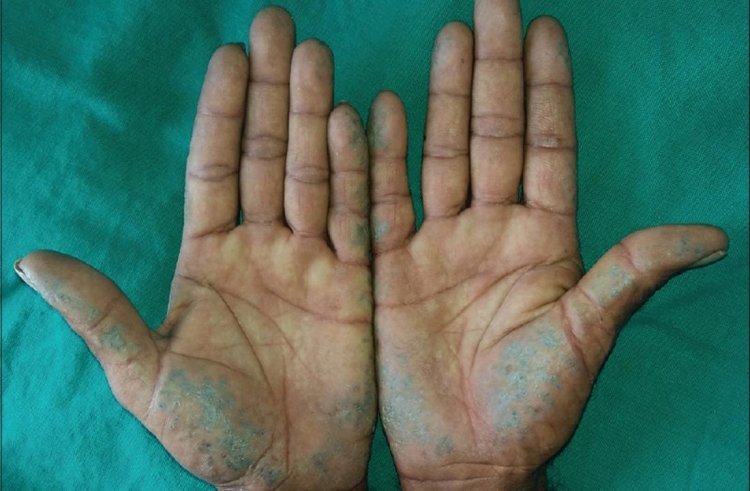
The Black Urine disease, also known by the term Alkaptonuria, is a rare inherited disorder that stops the body from breaking down the two main proteins, tyrosine and phenylalanine. As the body cannot break these chemicals, this results in the formation of homogentisic acid in the body.
Amino acids present in the body are usually broken down in a chain of chemical reactions; Alkaptonuria, a substance produced along the way, homogentisic acid, cannot be broken down any further. The reason behind this is that with these patients, the enzyme breakdown does not happen properly, as these enzymes are nothing but the protein that makes chemical reactions. Due to homogentisic acid formation, it turns urine into dark color and, over time, leads to other ailments.
This protein can build up anywhere in the body, and the accumulated area turns dark due to the staining of the tissue and causes severe side effects. People who suffer from this syndrome have the same life expectancy as others but lead to poor life quality.
There is no proper cure or treatment for this problem, but a change in diet plan can result in protein breakdown. And this disease is said to occur in one in a million.
Also read: What are rare diseases?
Add Block
Chronic Focal Encephalitis
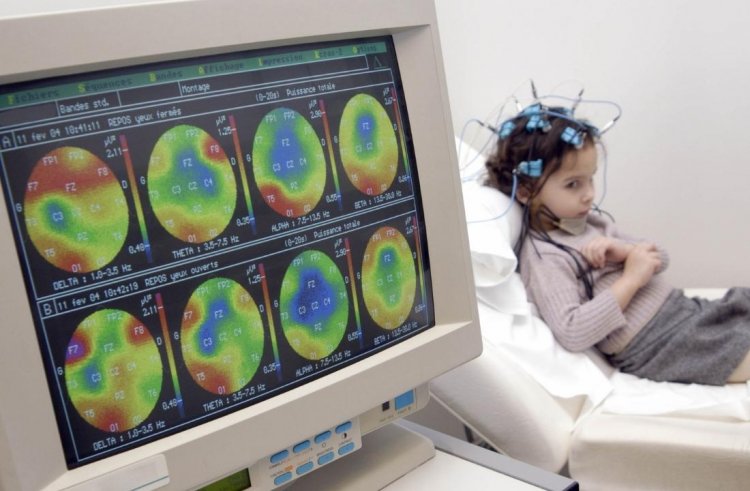
This has another name Rasmussen's Encephalitis, a rare kind of disease seen in children under the age of 10 includes symptoms like severeseizures, loss of motor skills and speech, hemiparesis, paralysis on one side of the body, encephalitis, inflammation in the brain, and mental deterioration.
Certain severe cases in children lead to removing a part of their affected brain. These children with severe symptoms undergo severe brain damage in any of the brain's hemispheres within a range from 8 months to 12 months, resulting in neurological defects.
This eventually results in disability. Though there are treatments to reduce brain inflammation at the earlier stage still, there is no cure and treatment to either prevent disability or cure the disability.
Researchers now suspect that Rasmussen encephalitis is an autoimmune disorder where the body's natural defenses fight its tissue, mistaking it for foreign organisms for no reason. This is said to occur in 2.4/10,000,000 children.
Also Read: List of Currently Incurable Diseases
Walking corpse syndrome

The name, Cotard's syndrome, is also called this syndrome, and people with this syndrome believe that parts of the body are missing, or they might think they are dying or dead, or sometimes they don't even exist or even have anything around them exists. This case is so rare, and only 200 cases are recorded worldwide.
Though the cause of this is not known, people suffer from problems in the brain like Dementia, Epilepsy, migraines, Parkinson's disease, stroke, and bleeding in the brain.
This syndrome affects the brain in their early 50s, and people with a history of mental health problems get this syndrome.
Though they are no permanent cure, with could be treated best with a combination of medication and talk therapy. Another treatment like ECT (Electroconvulsive therapy), where a small electric pulse current is given to the brain, changes the chemical imbalance and can reduce the symptoms.
Also read:
Add Block
Auto-brewery Syndrome

Auto-brewery syndrome, also called by the name gut fermentation syndrome, is in which ethanol is produced in the gut due to the presence of fungi or bacteria present in the gastrointestinal system or urinary system. The symptoms of this syndrome are that, although these people would not have taken alcohol but still feel intoxicated. Along with this, they also show signs of higher sugar and high carbs in their blood. And also hint at symptoms like report neurological symptoms, loss of coordination, and mood changes.
On testing the pathogens, fermented yeast and bacterias are also identified. This rare condition often goes undiagnosed and could be identified in males, females and even among children in many countries.
Any patient with a high blood alcohol level who denies ingestion of alcohol should be treated for acute alcohol poisoning and should be stabilized. Patients with this system should avoid sugars and carbohydrates and have a proper protein-rich diet during treatment.
Add Block
Persistent Sexual Arousal Syndrome
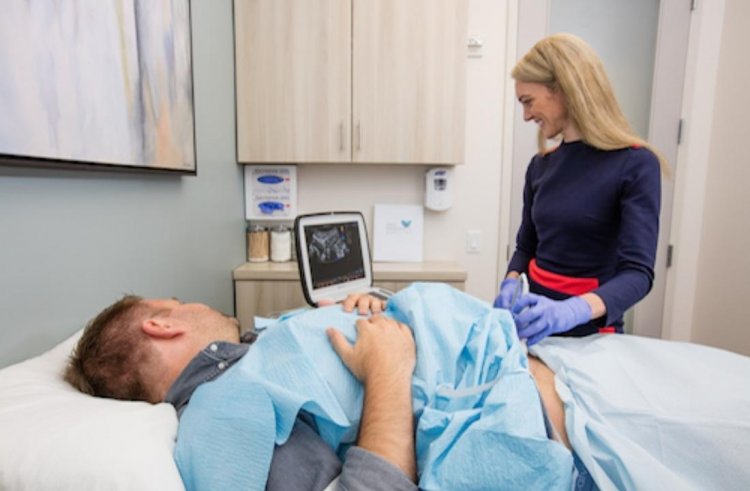
This syndrome is also called Persistent Genital Arousal Syndrome (PGAD); people diagnosed with this syndrome often feel on the verge of orgasm. Though the sensation is relieved through orgasm, it turns out after a few hours. This syndrome leaves a patient in constant pain, stress, and psychological difficulties, so they find it difficult to go about their everyday task. These patients often fall into anxiety, depression, insomnia, panic attack, and constant guilt.
Though the exact cause is unknown to date, treatment is still done to reduce the syndrome's effects. CBT (Cognitive behavioral therapy) identifies the problem's triggers and provides a way to distract the orgasm. Changes in the prescribed tablets by removing drugs with herbal estrogen help improve the condition.
Foreign Accent Syndrome

This rare motor speech disorder makes patients speak their language with an accent perceived as non-native by speakers. Since 1907, only 100 cases have been diagnosed.
One such example was that in 2018 an Australian woman developed a French accent after a car accident. This condition is because any damage in Broca's area of the brain, which is responsible for speech, may lead to a change in accent. Other conditions like stroke, brain injuries, and multiple sclerosis are the reasons for this.
Those who find changes in their normal speech must seek a medical practitioner's help. Changes in their talking behavior can also result in a more serious issue.
This is a very rare syndrome, and patients must seek help from experts like Speech-language pathologists, Neurologists, and Psychologists. These patients will be given vocal training on how words should be pronounced. Counseling will also be given to change into a better positive and cultivate a healthier habit by leaving the destructive feelings.
Congenital Insensitivity to Pain
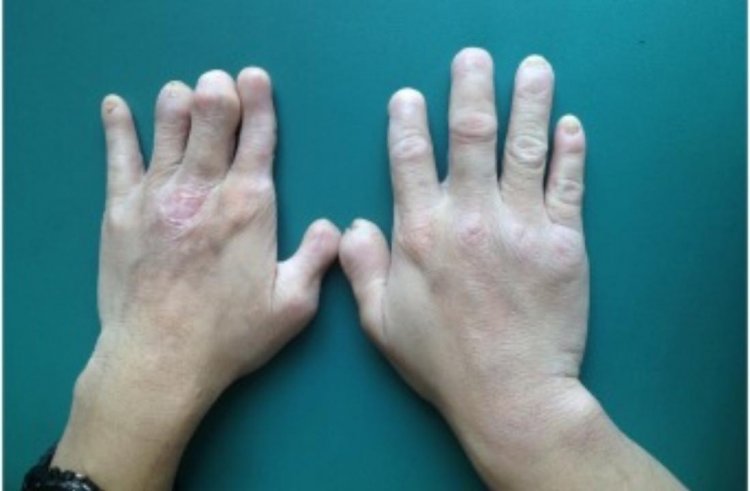
This genetic disease is present right from birth, where the sufferer inhibits the ability to perceive physical pain. Those individuals cannot feel pain in any part of the body. This absence of pain accumulates over time and may cause severe damage or health issues that decline the life .
This disorder results from changes in the SCN9A gene and, in other cases, caused by the PMRD12 gene. This is a form of peripheral neuropathy as it affects the peripheral nervous system that connects the brain and the spinal cord responsible for detecting sensations such as touch, smell, and pain.
These symptoms include loss of smell and reduced ability to sweat. This disorder is said to occur in one in every 25,000 people. Those who suffer from this disorder must constantly check their body for cuts, bruises, or anything so they can be treated on time.
The best treatment process for Congenital Insensitivity to Pain is Naloxone, the current best treatment practice for channelopathy-associated congenital insensitivity to pain and has shown some significant success in certain cases.
Also read: Not a disease but make you suffer; the pain behind you won't let you to focus on work infront of you
These baffling syndromes do not have any cure or treatment at this point, though treatments are available to reduce the intensity of the symptoms and not the cure. Moreover, many diseases are not even properly diagnosed, and we don’t have any clinical trials to find a cure for these incurable disorders.





